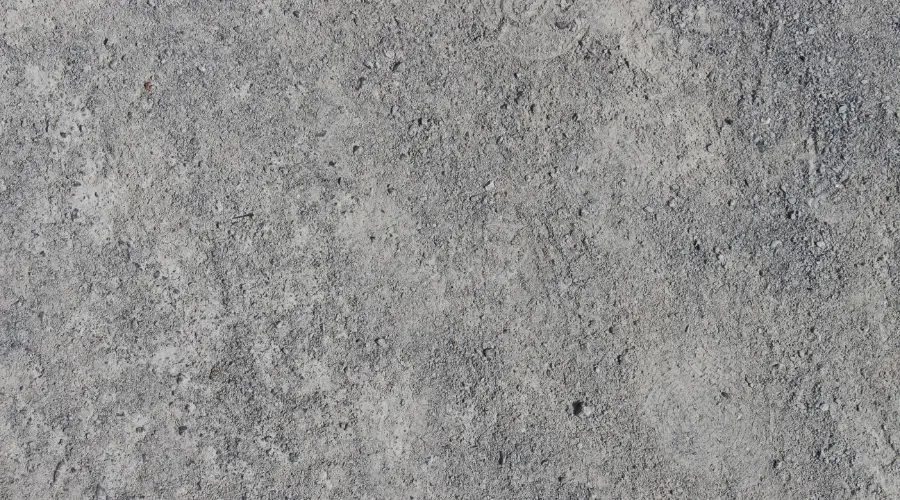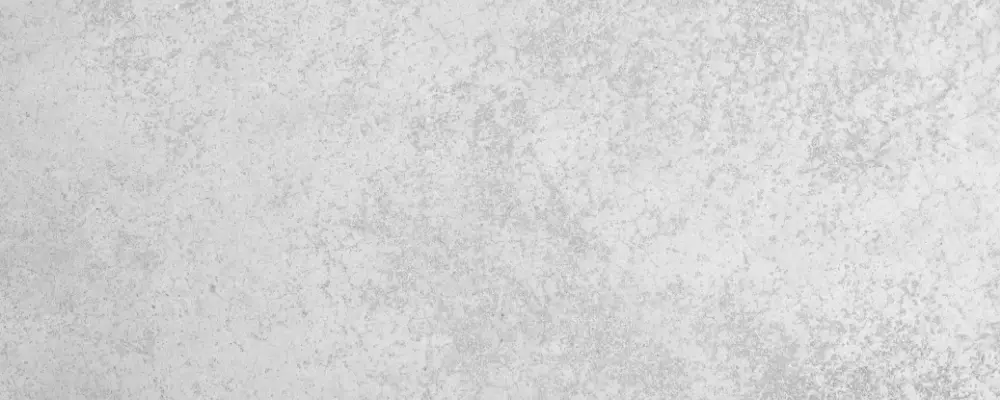Decorative concrete textures and finishing are becoming extremely popular in modern construction projects. Besides the application of slip-resistance to surfaces in the case of foot paths, these treatments also make it possible to decorate concrete by giving it an appearance similar to that of natural materials. These are not only beautiful, but also functional because they increase the service life of concrete as well. Coating, technical treatment, and smoothening of the concrete surface are the three major segments that cover the different types of finishing available and their numerous applications. Keep reading to learn other types and more details.
What are Concrete Textures and Finishes?
Concrete textures and finishes are treatments adapted to improve both the performance and appearance of concrete surfaces. These techniques involve subjecting concrete surfaces to specific techniques and hence changing its finish to one that is both decorative and durable. From smooth troweled surfaces to complex stamped patterns, concrete textures and finishes offer a wide range of features common to both residential and commercial projects. It is essential to understand these alternatives to ensure proper selection based on both the visual and functional requirements of your building project.
Types of Concrete Textures

1. Smooth Troweled
A smooth troweled surface is formed by running a steel trowel across the surface of fresh concrete, hence, a shining, sleek surface is obtained. Such a finish is perfect for indoor areas like floors and countertops, whereby a sophisticated appearance is desired. However, it is still a risk to safety under wet conditions, as it can become slippery.
2. Broom Finish
The production of this finish is done by passing a broom over newly poured concrete, leaving a textured surface with visible lines. Usually, it is used in outdoor applications that consist of ramps and sidewalks. In this case, the slip resistance is the main feature of the surface, besides being clean and durable for areas with high foot traffic.
3. Stamped Concrete
The process of stamped concrete involves making patterns with the help of molds or stamps that are pressed into fresh concrete and thus create intricate patterns that resemble one material, such as stone, brick, or wood. It is quite easy to maintain with the use of the right sealant to retain its aesthetics and prevent cracks.
4. Exposed Aggregate Concrete
This exposed aggregate concrete finish is achieved by removing the top layer of the concrete in such a way that the stones or pebbles used inside the concrete mix stand out. Hence, it forms a textured surface which is highly anti-skid and thus commonly used in the construction of driveways, sidewalks, and pool decks.
5. Salt Finish
Here, rock salt is thrown and embedded into the surface of the wet concrete to get a salt finish. Small indentations appear on the concrete surface when the salt is washed off, which gives the surface a speckled, decorative concrete texture. The finish is therefore widely used for patios, pool decks, or any other outdoor areas, which are the most likely places where you would need additional slip-resistance.
6. Swirl Finish
The swirl finish is a decorative finish that is formed by the application of circular or spiral patterns to concrete using a broom or trowel. This decorative finish is usually applied in interior and exterior works, as it offers an impressive, eye-catching texture to floors, patios, and driveways with its unique pattern.
7. Float and Trowel Finishes
The process of obtaining a float finish starts with the use of a float tool to make the surface level, and then the concrete trowel finish is made by further smoothing and refining the surface for a more finished look. These kinds of finishes are mainly used for interior floors, where the level of smoothness can be adjusted depending on the type of finish required.
8. Stenciled Concrete
Creating stenciled concrete involves the use of a stencil on the concrete surface, followed by adding colour to the concrete to form detailed patterns and designs. This finish offers the possibility of pattern customisations that mimic other materials, such as tiles or bricks, and is generally used for outdoor areas.
9. Brushed Concrete
Brushed concrete is concrete that has been given the finish of a subtle texture with a fine-bristle brush. This finishing is the most common for the exterior of buildings, such as sidewalks and driveways, thus being the easiest and most efficient way of making anti-slip surfaces.
10. Polished Concrete
The process of polishing concrete involves repeatedly grinding the concrete surface with diamond pads that get finer each time until a high gloss is achieved. As a result of its elegant look and strength, this method is usually used in modern industrial, or commercial buildings.
11. Etched Finish
Etched finishes result from carving patterns into the concrete with acid etching or sandblasting. These kinds of finishes closely resemble natural stones and are mainly used for decorative elements such as patios or walkways that combine a rustic and refined aesthetic.
12. Texture Roll Finish
The technique of texture roll finish involves pressing a textured rubber mat or pattern on the still-wet concrete. Generally, this is the method by which a consistent and uniform pattern is obtained on large surfaces. This kind of a pattern is commonly used for decorative purposes in driveways, sidewalks, and outdoor patios.
13. Spray-on Concrete (Shotcrete/Gunite)
Shotcrete or gunite is made by spraying a concrete mixture through a high-pressure nozzle onto the intended surfaces. This method is perfect for the walls of pools or any other vertical walls, as well as for tricky architectural structures, as it allows a textured and sturdy finish to be achieved.
14. Concrete Engraving
Concrete engraving is a process that employs specific tools to etch detailed designs on a concrete surface that is already solidified. Such works found are frequently decorative ones, like bespoke patios or driveways. One of the most important features of this method is the possibility of making very detailed and unique patterns.
Applications of Concrete Finishes in Construction
- Driveways & Walkways: Textured concrete finishes like broom, exposed aggregate, and stamped concrete are the perfect products for driveways and walkways as they not only provide a beautiful surface but also enable enhanced slip resistance.
- Patios & Pool Decks: Salt finishes, swirl finishes, and polished concrete are the most in-demand products in outdoor living spaces as they can offer eye-catching designs with the non-slip properties that ensure safety.
- Interior Flooring: Polished concrete, troweled finishes, and sanded surfaces are the first choices of the designers when it comes to commercial and residential interiors, as they represent a durable, low-maintenance, and modern aesthetic that is perfect for areas with heavy foot traffic.
- Vertical Surfaces & Walls: Spray-on concrete (shotcrete/gunite), concrete engraving, and stenciled finishes are methods for improving the face of vertical surfaces, such as retaining walls, accent walls, and feature panels, offering not only texture but also design flexibility.
- Commercial Applications: Textured concrete is applied in commercial areas with both the intent of function and aesthetic. It offers durability and ease of maintenance in retail stores, office buildings, and other high-traffic spaces.
Pros and Cons of Concrete Textures
Pros
- Aesthetic Versatility: Textured concrete can replicate the texture of other natural materials such as stone, timber, or bricks, and can be aligned with an architectural style of your choosing, giving you endless possibilities.
- Durability: Some textured surfaces, e.g., exposed aggregate or broom finish, enhance concrete resistance to wear, weather, and heavy traffic, thus making them a good option for outdoor surfaces.
- Slip Resistance: Generally, the surfaces that have been treated with a certain kind of texture, for example, a salt or broom finish, are less slippery when compared with those that are not treated. Therefore, surfaces such as walkways, driveways, and pool decks can become safer by using these finishes.
Cons
- Complex Application: Finishing a surface by concrete stamping or engraving needs a technician with special skills, which in turn makes the labour cost as well as the project timeline go up.
- Vulnerability to Damage: Some textures like exposed aggregate can become brittle and get stained more easily than others, hence cleaning and maintaining them frequently is the only way to keep them in good condition.
- Limited Versatility in Some Areas: Depending on the type, finish surfaces may not be suitable for certain environments, such as smooth troweled surfaces in high-traffic or wet areas.
How to Choose Concrete Textures and Finishes?
1. Identify Purpose and Functionality
Firstly, we should determine what will be the main function of the surface in question (floor, wall, outdoor area, etc.), as well as the surrounding factors (humidity, traffic, etc.).
2. Evaluate Durability and Maintenance Needs
We should determine what type of wear the surface will be exposed to. Finishes such as polished concrete may be chosen if there is a need for low-maintenance, while a broom finish should be used if high slip resistance is required.
3. Consider Safety and Traction
If an area is going to be wet or there will be heavy foot traffic, it is better to use a finish that will have enhanced traction so that it can be safe, such as a broom finish, exposed aggregate, or salt finish.
4. Match Aesthetic Requirements
The texture can be directly related to how you want the material to look. For example, stamped concrete for the natural stone effect, polished concrete for sleek modernism.
5. Account for Budget Constraints
While deciding on the look we want to have for the concrete, we should take into consideration the prices we are willing to pay, as intricate finishes such as engraving or stamping can be more costly.
6. Assess Installation Complexity
You should have the skill level needed for installation in mind because finishes like polished concrete or spray-on coatings may require a professional trained in these areas.
7. Consider Long-Term Performance
Evaluating long-term performance is very important and it should be complemented with the assessment of the finish’s durability against cracking, staining, and fading.
Conclusion
Concrete textures and finishes allow the user to explore infinite possibilities to improve both the aesthetic and functional qualities of concrete surfaces. In addition to the extensive range of decorative treatments, you will find numerous designs to be used in indoor and outdoor surfaces. Knowing the ‘what-ifs’ and benefits of different kinds of decorative concrete will empower you to choose the most appropriate solution for your project requirements. Your concrete work will attract not only the gratitude of your eye, but also be a long-term witness of quality if you opt for the correct texture and finish.

